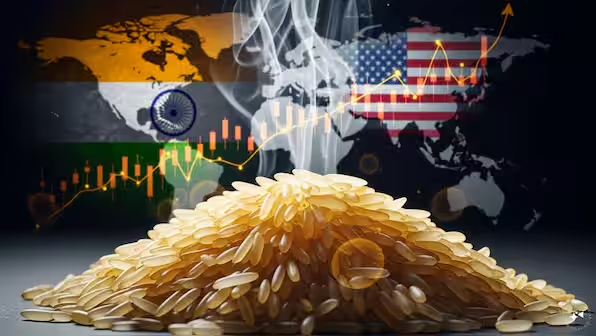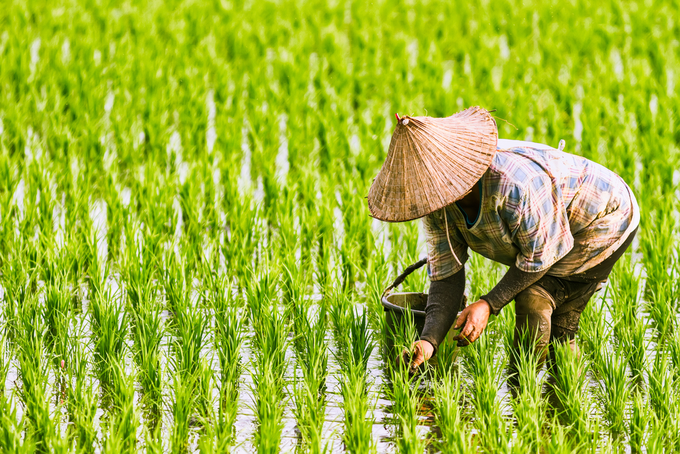Tags
Philippines’ continued rice import ban threatens Vietnam’s export outlook
ANN/VIETNAM NEWS – The Philippines’ move to prolong its suspension of regular and well-milled rice imports through the end of 2025 has caused worry among Vietnamese exporters, as the country is Vietnam’s biggest rice buyer, taking in over 40 per cent of its total exports.
President Ferdinand Marcos Jr approved an order extending the import ban until December 31.
Published in the Official Gazette, the directive follows recommendations from major economic agencies and seeks to support domestic farmers, stabilise the market, and protect consumers. The restriction does not apply to specialty rice types, including Japanese, black, and basmati rice.
The move surprised Vietnamese exporters, who had expected the Philippines – hit hard by recent typhoons – to resume rice imports in December to replenish domestic supply.
Chairman of the Vietnam Food Association (VFA) Do Ha Nam said enterprises need to adapt to the new policy and closely monitor further developments. He noted that many Vietnamese firms have already diversified into African and Middle Eastern markets rather than waiting for the Philippines to reopen. “The domestic market is currently the main outlet for rice traders, as demand has surged following recent floods in the central and northern regions,” the VFA chairman told Nguoi Lao Dong (Labourers) newspaper.
“The harvest season is over, inventories are limited, but prices remain low.” Vietnam exported an estimated 7.2 million tonnes of rice worth USD3.7 billion in the first 10 months of 2025, down 6.5 per cent in volume and 23.8 per cent in value from a year earlier.
Average export prices fell 18.5 per cent to USD511 per tonne.
The Philippines remained Vietnam’s top market, accounting for 41.4 per cent of total shipments, followed by Ghana (12.3 per cent) and Cote d’Ivoire (11.3 per cent). Exports to the Philippines slid 27 per cent, while those to Ghana and Cote d’Ivoire surged 47.3 per cent and 94.5 per cent, respectively.
Despite the downturn, Vietnamese rice continues to command higher prices than regional competitors – about USD415 to USD430 per tonne for five per cent broken rice, compared with USD338 for Thai and USD344-350 for Indian varieties.
According to secretary-general of the Vietnam Rice Industry Association Le Thanh Tung, market diversification and the development of low-emission rice remain the core strategies for sustaining competitiveness.
Vietnam’s rice now reaches about 150 countries, with growing demand in Africa and the Middle East offsetting Asia’s fluctuations. Exporters are diversifying markets, supported by competitive quality and flexible cropping that keep costs low and profits stable.
Deputy Minister of Agriculture and Environment Phung Duc Tien said Vietnam could still export about eight million tonnes this year, surpassing Thailand to retain its position as the world’s second-largest rice exporter.

Published Date: November 18, 2025






